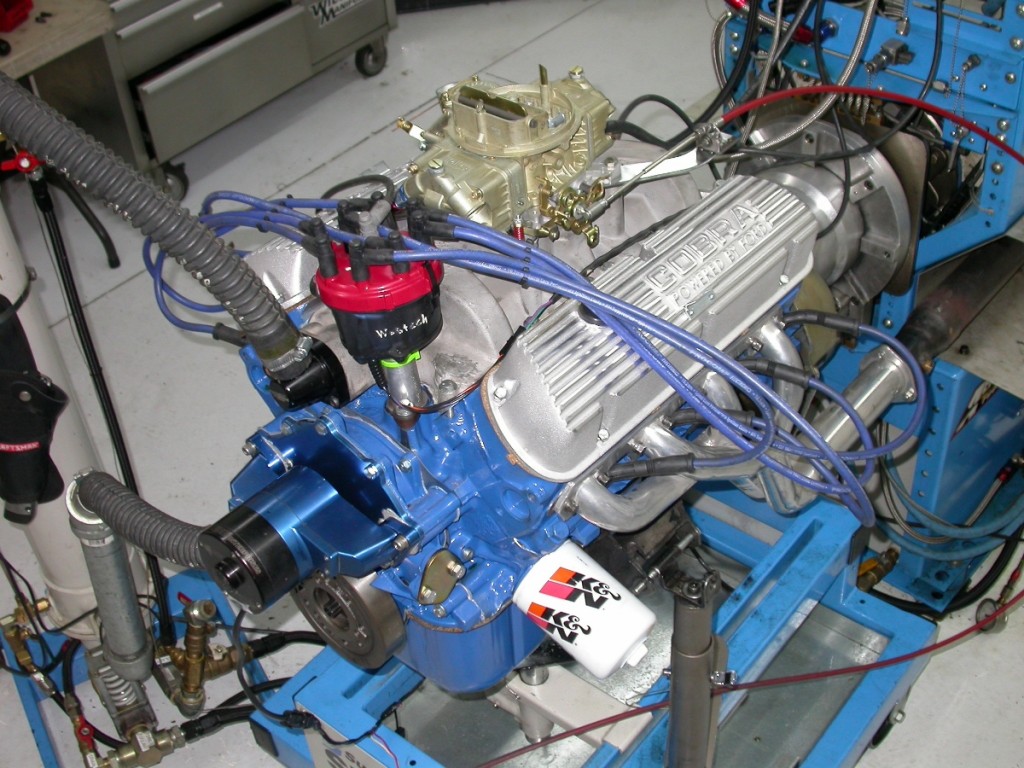
All decked out in Shelby guise (for our photo), we wanted to see just how much power the original HiPo 289 really made.
By Richard Holdener
The 5.0L Mustang may have ushered in a whole new era of Blue-Oval performance, but Ford’s little V-8 was plenty successful before the advent of fuel injection. Thanks to some guy named Shelby, Ford was able to not only compete on the international stage, but dominate it — at the expense of the then-dominant Ferrari no less. Thanks to the success of the Cobras, Daytonas, and even GT-40s of the day, Ford was able to sell on Monday, having won on Sunday. This winning philosophy certainly helped sales of a new breed of pony car, when Ford introduced the Mustang.
Powered first by a 260-inch version, the Mustangs eventually received the larger and more powerful 289. Offered in a number of different power levels, the most powerful and now sought after was the HiPo 289. Rated at 271 hp and 312 lb-ft of torque, they command premium prices, especially in fast-back guise. As a nod to the achievements by Ford and Shelby, we decided it was high time to build something other than a 5.0L-based 302 and give the smaller 289 some love.
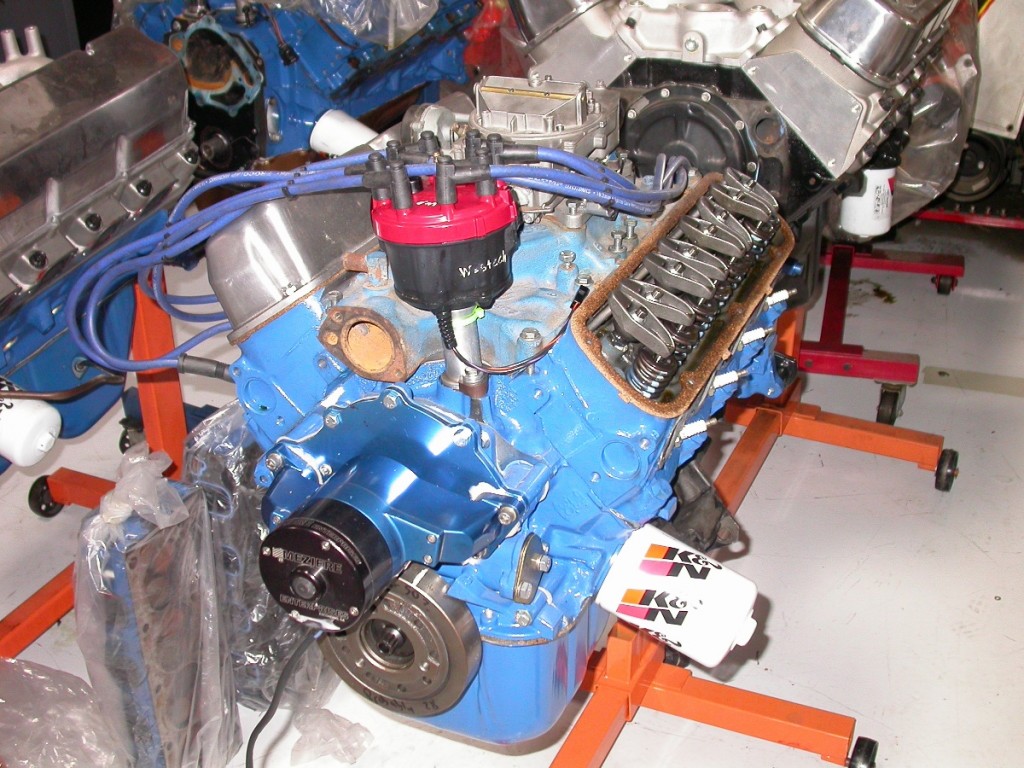
Not technically a numbers-matching HiPo build, our 289 featured a late-model 5.0L block stuffed with a 289 (2.87-inch) crank, rods, and forged flat-top pistons. The forged slugs featured four valve reliefs to duplicate the factory HiPo pistons and 10.5:1 static compression ratio.
It would certainly be nice to build a numbers-matching HiPo 289, but such an adventure is a costly one. Given our minimal (meaning none) budget for the build, we elected to go the reproduction route, rather than making sure all the bolts had the exact markings received by the factory. What we wanted was something that represented the spirit and performance of the HiPo 289, if not a pure duplication. For help with our 289 built, we turned to our good friends at L&R Automotive.
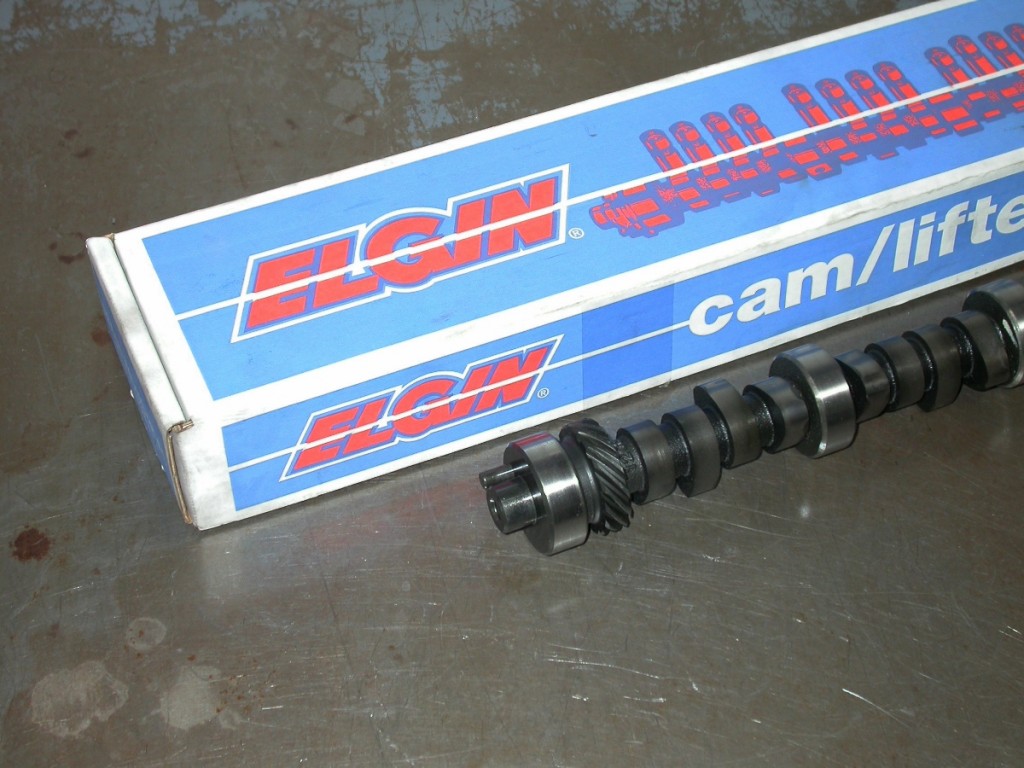
We sourced our reproduction HiPo cam from the boys over at Elgin. The solid flat-tappet cam profile offered plenty of performance in the little 289.
The boys from L&R supplied a late-model 5.0L block, to which we added the requisite 2.87-inch 289 crank (shorter than the 3.0-inch used in the 302). Also present were a set of 5.155-inch factory rods with ARP rod bolts (longer than the 5.09 rods used on a late-model 302). Probe Racing supplied a set of forged, flat-top pistons that replicated the four valve reliefs employed on the 1965 HiPo 289 motors. Completing the short block was a reproduction of the original HiPo 289 cam sourced from the boys over at Elgin. The Elgin (reproduction) HiPo 289 cam featured the factory specs of .477 lift (with 1.6 ratio rocker) and 310 degrees of advertised duration (roughly 228 degrees measured at .050).
Original HiPos received special cylinder heads (with 52 to 55cc chambers), but the changes made did not necessarily offer any power advantage. The changes included screw-in rocker studs (no guide plates), cast-in valve spring bosses, and slotted pushrod guide holes (a featured shared with nearly all pre-66 heads). The slotted pushrod guide holes eliminated the need for either guide plates or (guided) rail rockers.
Though the HiPo heads are much sought after, nearly any of the more common pre-’66 heads can be converted to HiPo use by drilling and tapping for screw-in studs and upgrading the valve spring package (there is no need to cut spring cups). Since HiPo heads flowed no better than any of the others, we simply converted a set of 1966 C60Z castings that already featured the slotted pushrod holes. Head work was minimal for our 289, and included surfacing and a fresh valve job (using the factory 1.78/1.45 valve sizes). Not surprisingly, our 50-year-old heads had previously been serviced (likely several times) and featured combustion chambers right on the minimum service limit (52cc).
Contrary to popular belief, the HiPo 289 did not feature an aluminum intake manifold. That was reserved only for the Shelby versions. Instead, the HiPo relied on the same plain Jane (and heavy) cast-iron four-barrel intake manifold. The intake was fed by an Autolite 4100 carburetor (though with larger 1.12 venturis). Once again, only the Shelby version received the 715 Holley. The days of locating one of these carbs in the local wrecking yard are long since gone, but we found ours online, and the purchase even included a rebuild kit.
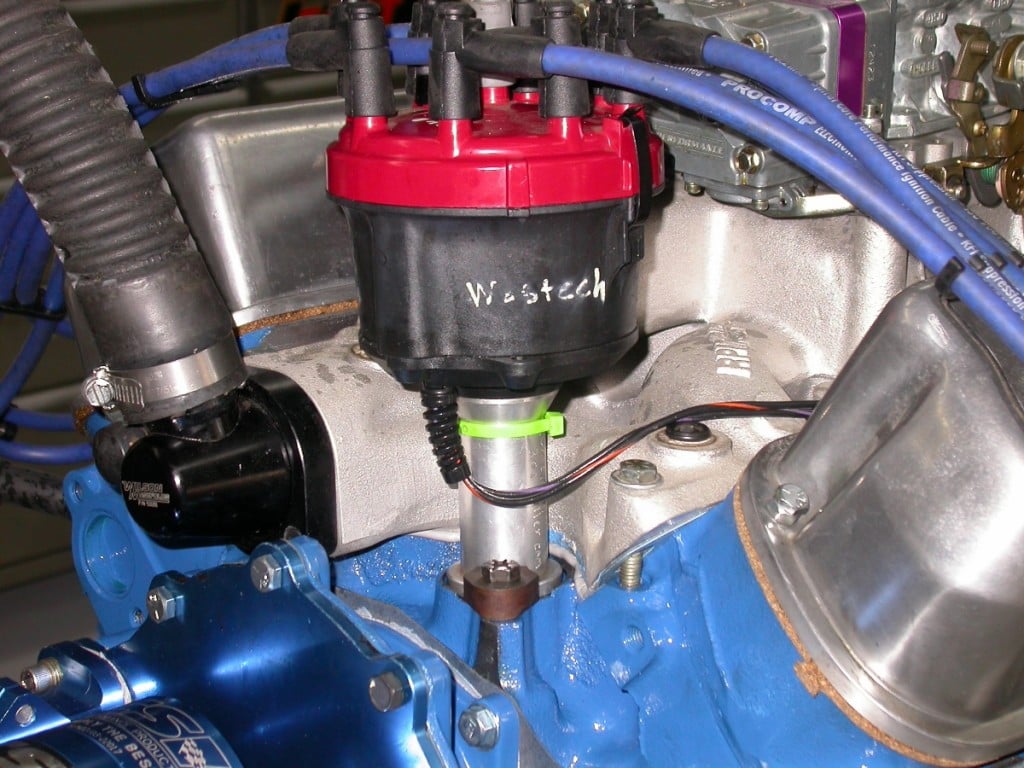
Rather than run a period-correct, dual-point, we installed an MSD billet distributor and Speedmaster plug wires.
The exhaust manifolds were specific to the HiPo, and we grabbed a loaner set from the guys at Tony Branda. We hated the idea of running cast-iron exhaust manifolds on anything, but we wanted real numbers without headers, so on they went. For dyno use, the 289 was finished up with a 2.5-inch open exhaust, an MSD distributor (to replace the factory dual-point), and a Meziere electric water pump. Prior to start up, the new Elgin HiPo cam and solid lifters were liberally coated with moly-based assembly lubed. We added an extra measure of insurance with a quart of Lucas high-zinc, break-in lubricant and finally pre-lubed the oiling system using a drill motor.
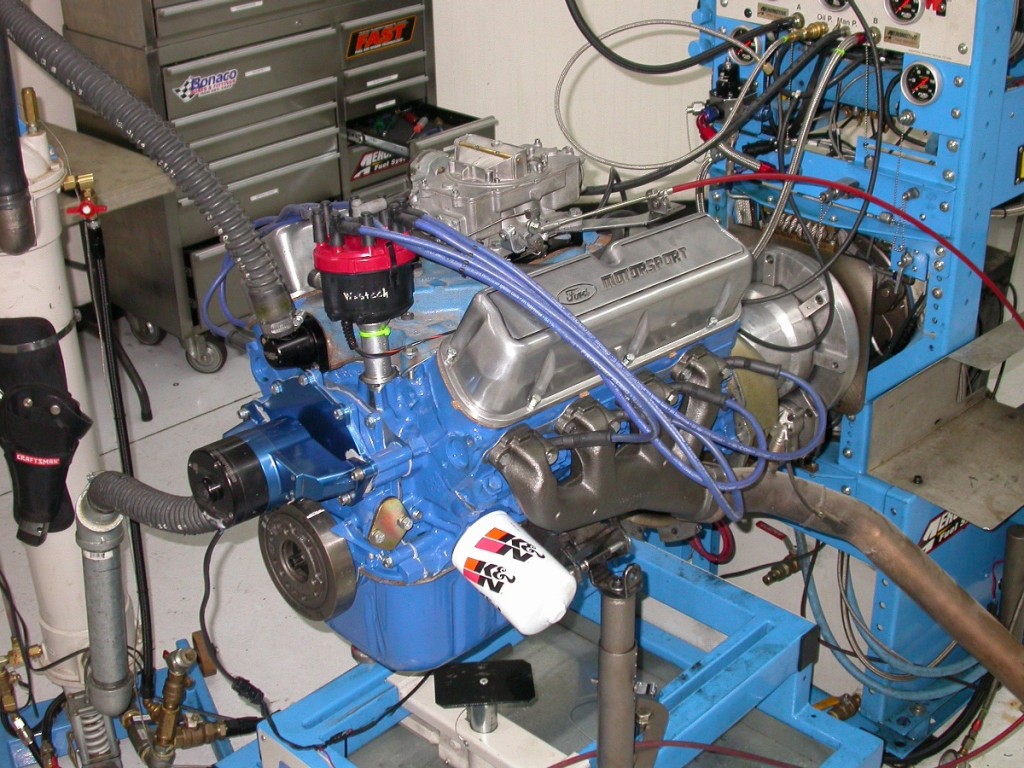
Run on the dyno with a Speedmaster (28-oz) damper, Meziere electric water pump, and 2.5-inch exhaust, our HiPo repo produced right at 275 hp and 298 lb-ft of torque. The torque output was down slightly (compared to the 312 lb-ft rating), but the peak horsepower of the 289 was spot on.
After a proper break in and tuning, we were rewarded with peak numbers of 275 hp at 5,700 rpm and 298 lbs/ft at 4,300 rpm.

Run on the dyno with a Speedmaster (28-oz) damper, Meziere electric water pump, and 2.5-inch exhaust, our HiPo repo produced right at 275 hp and 298 lb-ft of torque. The torque output was down slightly (compared to the 312 lb-ft rating), but the peak horsepower of the 289 was spot on.
Sources: COMP Cams, compcams.com; Elgin Automotive, elginind.com; L&R Automotive, lnrengine.com; Probe Racing, probeindustries.com; Speedmaster, Speedmaster79.com; Tony Branda, cobranda.com
















